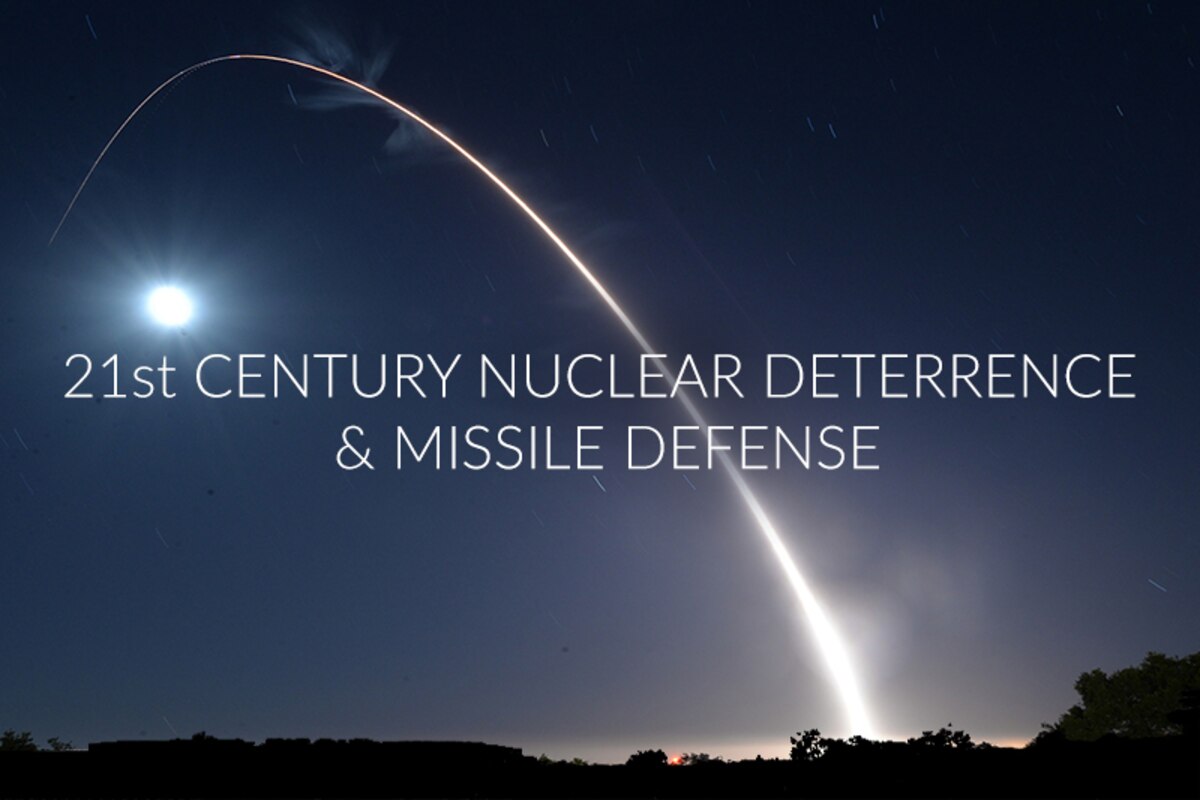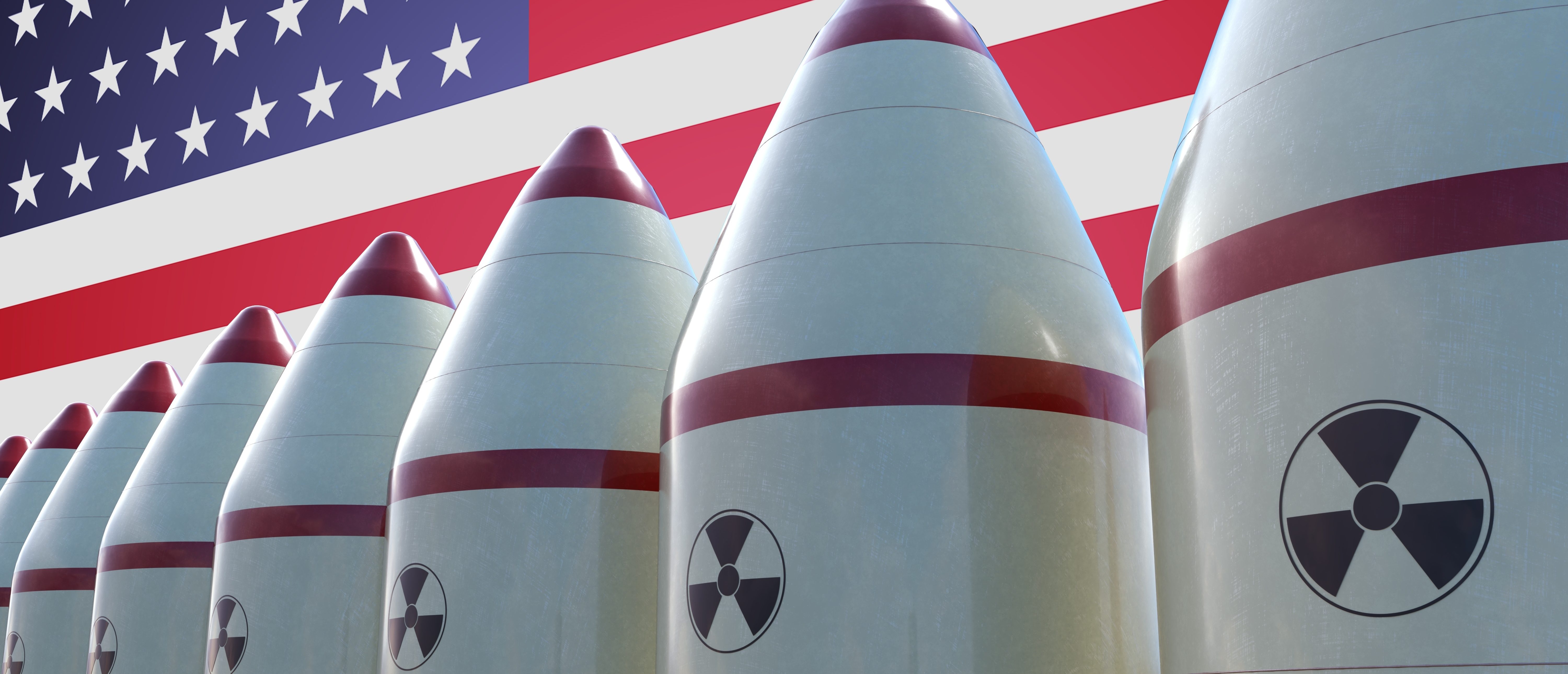
Audrey Quintin / Global Risk Insights
(December 22, 2020) — Nuclear disarmament has always been a very sensitive and divisive issue among the EU Member States. But in a world with less credible US security guarantees and a more assertive Russia in the East, a revived debate on a EU nuclear deterrent, which would either rely on the British or French nuclear arsenals, cannot be avoided, as it could potentially equal to the final stage of a well-structured European defence arrangement.
State of Play of European Nuclear Deterrence
Nuclear deterrence has always played a fundamental role in keeping peace and preserving strategic stability in Europe. This deterrence has two distinct elements: the US acting through NATO, and Europe’s own nuclear states, France and the UK. However, the idea of a European nuclear deterrent as such only emerged in Western Europe during the 1950’s, as part of a crisis of confidence in the US security guarantees following the Suez Crisis of 1956.
As Europe feared that the US would refuse to engage its strategic arsenal based on the European Economic Community soil, projects on a European atomic pool started to emerge, so Europe could reduce its strategic dependence on Washington. However, the idea of integrating the European nuclear forces (meaning the British and French ones) mostly surfaced after the end of the Cold War, as the geopolitical transformation provoked by the disintegration of the Warsaw Pact profoundly affected the nuclear setting of the continent.Different options were then considered, the most important one being the “concerted deterrence”, which meant the extension of the French nuclear umbrella to the rest of the EU.
However, these different initiatives failed, as for some European countries, the risk of a decoupling between Western Europe and the US was too high. Consequently, nuclear deterrence within Europe has mostly consisted of the American nuclear umbrella and the Atlantic Alliance.
Nevertheless, with the recent declarations made by Donald Trump on NATO and the strategic pivot taken by the US towards Asia, the security of the European Union is no longer guaranteed by its American ally. Hence putting into question the future of European Nuclear capabilities and reviving the debate around the creation of a proper European nuclear deterrent, relying on the two nuclear arsenals present on the continent.

Mark 6 nuclear bomb
The Way Towards a “Eurobomb”?
This renewed nuclear debate can be explained by the deterioration of the EU security and strategic context. The assertiveness of Russia, illustrated by the Ukraine crisis in 2014, brought back on the agenda the possibility of a major crisis in Europe. Furthermore, the election of Donald Trump as US President in 2016 sparked doubts about the credibility of Washington’s extended nuclear deterrence commitments.
This new global anxiety was also marked by rising tensions between military powers, a proliferation of regional security crises and the deterioration of international arms control. Moreover, as the US withdrew in 2018 from the EU-brokered Iran nuclear deal, and from the Intermediate-Range Nuclear Weapons Treaty (INF) in 2019, the future of the US-Russia strategic relationship was suddenly put at stake due to the impending lack of a globally binding arms control agreement for this weapons category.
Finally, the last decade also saw the development of the general perception that nuclear weapons were becoming more important as instruments of power globally (e.g. North Korea), leading some to argue that the EU should work towards a common nuclear deterrent. While in the 1990s France was at the forefront of this debate, with its idea of a concerted dissuasion, the intellectual momentum today comes from Germany.
A lot of options have been envisaged since the last few years: first, a reinforced role of the French and British nuclear forces; second, a French “extended” deterrence, with the deployment of French nuclear weapons in other European countries; third, a “Europeanization” of the French deterrence, placed under a common European command, with common funding and doctrine; and finally, the development of a German nuclear deterrent. All these options could thus lead to a stronger strategic stability in Europe.
More recently, the idea of Europeanisation of the French deterrence was brought back on the table by French President Emmanuel Macron, who stated in February 2020 that French nuclear forces strengthen the security of Europe through their very existence, and proposed to have a “strategic dialogue” with the EU partners about the role of the French nuclear weapons in European security.
According to Macron, this issue is even more significant today, as ““Europeans must collectively realise that, in the absence of a legal framework, they could quickly find themselves exposed to the resumption of a conventional, even nuclear, arms race on their soil.”.
This speech followed the impetus made by German observers right after the Brexit referendum and Trump’s election in 2016, which raised the question whether the EU needed its own nuclear weapons or not. Since then, different formulas have been discussed to create a “Eurodeterrent”: first, a reinforced role of the French and British nuclear forces, strongly modernized after the Russian’s annexing of Crimea in 2014; second, the deployment of French nuclear weapons in other European countries; and third, the Europeanisation of the French deterrence, which could be placed under a common European command, with common funding and doctrine.
This renewed debate took place in an appropriate institutional framework within the EU, improved by the progress made in the construction of a European security policy during the last fifteen year. Indeed, the military dimension of the EU is now endowed with tailor made structures replicating those of NATO, such as the Political and Security Committee or the Military Committee.
However, the EU’s foreign and security policy is still capitalising more on its strengths in international crisis prevention, peacekeeping and post-conflict stabilisation efforts, thus leading the EU to mostly address security-related nuclear issues through the containment of its spread or the safety and security of its installation. As a consequence, the idea of a “Eurodeterrent” always seems to be trapped in a paradoxical situation, stuck between a deteriorated EU security context and a prohibitionist logic supported by most EU Member States.

Disarmament against Increased Nuclear Capabilities
This approach has been resisted by other European nations however. The creation of the Prohibition of Nuclear Weapons by Austria, and its ratification by Ireland in 2017, highlighted this opposition, creating uncertainties on the European political and strategic cohesion. Nuclear non-proliferation has become a key issue on the foreign policy agenda of the EU, notably with the adoption of the EU Strategy against the Proliferation of Weapons of Mass Destruction in 2003.
This commitment to contain proliferation is reflected in the inclusion of non‐proliferation clauses in all new agreements concluded with third countries since December 2003. At the same time, some of Europe’s traditional disarmament advocates like Austria, Sweden, Denmark and Ireland, joined the ‘Humanitarian Initiative’ (2015), aiming at the prohibition and the elimination of nuclear weapons.
According to them, it is time to change what diplomats and experts sometimes call ‘nuclear apartheid’: the fact that only five countries are perceived as legitimate nuclear weapons possessors according to the Non-Proliferation Treaty (NPT).All these states are not members of NATO, therefore making it easier for them to commit to nuclear disarmament and to a European nuclear weapon-free zone.
All of these considerations thus prevent any Europeanisation of the French or British nuclear arsenal. For disarmament advocates, this option could be seen as a way of legitimising those weapons, as France and Britain are supposed to dismantle their arsenals according to the NPT. Thus, the replacement of the US nuclear umbrella by a French or British equivalent would only reinforce the growing perception that nuclear-powered states are unwilling to abide by their commitments, which could then strongly endanger the survival of the NPT.
Thus, and as proved before, a Eurodeterrence may never come to be, as no immediate European initiative to declare strategic nuclear autonomy is desirable or even conceivable. Though this debate reflects an in-depth development in Europe, and the awareness that the interests of the old continent do not automatically overlap with those of the United States, it remains limited to a few personalities and must be put into perspective.
Moreover, the different options leading to the creation of a Eurobomb are not reaching any unanimity between EU Member states. For example, European partners have shown little interest in the French ideas and proposals in the past; as a consequence, the uncertainties and difficulties of a greater contribution of French nuclear deterrence to the security of Europe will probably stay strong in the near-future.
Furthermore, in the strategic and political DNA of most European countries, Washington remains the ultimate guarantor of their security and the defence of their territory, thus making European partners extremely cautious not to weaken the US security guarantees. Finally, with the United Kingdom out of the European Union, the role of the British nuclear arsenal in a common European nuclear deterrent is now on hold, until new negotiations are made between Euratom and its Member States.

However, given the numerous and intricate security challenges weighing on the European Union, a nuclear debate is still vital between its Member States. In front of the new strategic rivalries taking place between the US, Russia and China, European countries should not be bystanders or disengaged observers of strategic developments which directly concern them all.
As raised by some experts, the last possible solution could be for France and the UK to convert the idea of a European deterrent from a mere notion into a credible offer, while reiterating that Europe’s vital interests are increasingly congruent with their own. It could then save Europe from being “the last geopolitical vegetarian in a world full of carnivores”, before it ultimately becomes “a prey” (Sigmar Gabriel, Former German Foreign Minister).
Posted in accordance with Title 17, Section 107, US Code, for noncommercial, educational purposes.